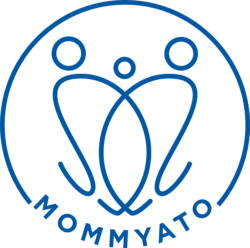
23 Dec Stay Strong: The Importance of Pelvic Floor Strengthening After Childbirth
Giving birth is a peak, life-changing experience, but it can also take a toll on women’s bodies. The pelvic floor, in particular, is pushed to its limits during pregnancy and childbirth.
During pregnancy, the pelvic floor muscles undergo significant changes. The placenta secretes the hormone relaxin that increases the flexibility of ligaments in the pelvis. Ligaments and muscles stretch from the pressure of the growing baby and sometimes lead to urinary leaking and vaginal heaviness, which are telltale signs of a weak pelvic floor.
In past generations, women weren’t adequately informed about re-strengthening the pelvic floor after childbirth, and as a result, long term problems such as urinary incontinence and pelvic organ prolapse have become common. Culturally, these health problems have been accepted like a right of passage or inevitable outcomes of childbirth. Many older women who have dealt with these issues long term, eventually seek surgery to correct the problem, especially if undesirable symptoms have progressed over the years.
In today’s information age, we know that chronic constipation, pelvic floor pain, painful sex, organ prolapse and urinary incontinence should not be permanent outcomes of motherhood. In fact, with attuning to pelvic floor health before and during pregnancy, many of these problems can be avoided altogether. A toned pelvic floor reduces the risk of damage during a vaginal delivery and speeds up recovery afterwards.
A few resources that women use, according to their needs for strengthening, releasing, and/or dealing with scar tissue as a result of birth include:
- Kegels
- National Association for Incontinence – a 6 week program for better pelvic health
- Sexological Bodywork
- Somatic Experience
- Pelvic floor Physical Therapist.
Pelvic floor strengthening should be a part of every woman’s health education, but especially when preparing for pregnancy and birth. Many pelvic floor problems, even long term issues, can be corrected with the right diagnosis, a customized program, professional support, and tenacious determination!
REFERENCES:
- American College of Obstetricians and Gynecologists (ACOG). November 2021. Pelvic support problems. https://www.acog.org/womens-health/faqs/pelvic-support-problems
- National Institutes of Health (NIH). June 2014. Pelvic muscle rehabilitation: a standardized protocol for pelvic floor dysfunction. PMC4071781
- Photo by Anna Shvets: Woman Doing Pelvic Floor Exercise Lying on Purple Yoga Mat with Personal Trainer. https://www.pexels.com/photo/woman-doing-pelvic-floor-exercise-lying-on-purple-yoga-mat-with-personal-trainer-4587402/



